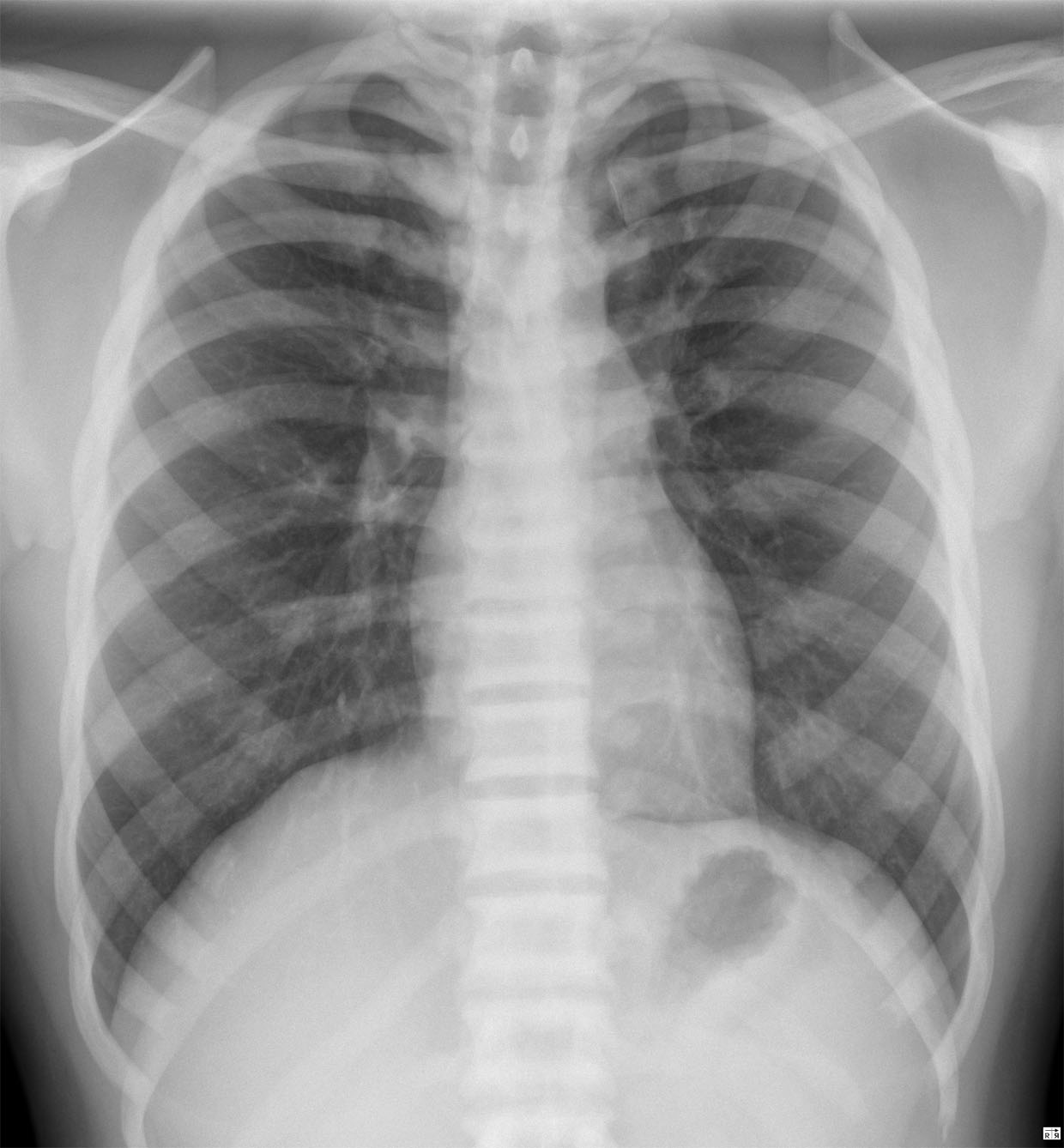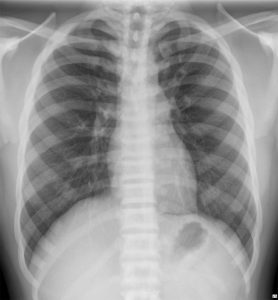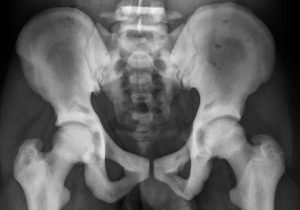Osteopetrosis or Marble Bone Disease (A rare, inherited skeletal disorder)
January 30, 2019 ,7:11 am

Osteopetrosis or marble bone disease refers to a group of rare, inherited skeletal disorders characterized by increased bone density. Symptoms and severity can vary greatly, ranging from neonatal onset with life-threatening complications (such as bone marrow failure) to the incidental finding of osteopetrosis on X-ray. Inheritance can be infantile autosomal recessive and benign autosomal dominant, or X-linked recessive with the most severe forms being autosomal recessive. Depending on severity and age of onset, features may include fractures, short stature, compressive neuropathies (pressure on the nerves), hypocalcemia with attendant tetanic seizures, and life-threatening pancytopenia. The management of osteopetrosis depends on the specific symptoms and severity and may include vitamin D supplements, various medications, and/or surgery. Adult osteopetrosis requires no treatment by itself, but complications may require intervention. (Source: NIH Genetics and Rare Diseases Information Center).
A young 24-year-old male seen for pre-employment physical exam was incidentally identified on chest x-ray (Fig.1) which showed generalized increase in bone density with increased density of the vertebral endplates (sandwich vertebra) suggesting possibility of osteopetrosis. He was referred to orthopedic specialist and rheumatology specialist. An x-ray of the pelvis (Fig.2) was also done which showed increased density and ‘bone-within-bone appearance’. The patient received vitamin D supplement and is being closely followed by our rheumatology service.

Fig.1 CHEST X-RAY (Showing generalized increase in bone density with increased density of the vertebral endplates (sandwich vertebra)

Fig.2 X-RAY OF PELVIS (Showing increased density and ‘bone-within-bone appearance’)

Dr. Tripti Nitin Pathare
Specialist Radiologist, Universal Hospital


